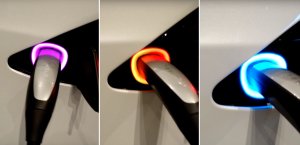Everything we know about Optimus, the Tesla Robot

Elon Musk started Tesla's AI Day 2022 by saying, "I want to set some expectations with respect to our Optimus Robot," just before the doors opened behind him. A robot walked out, waved at the audience, and did a little dance. Admittedly a humble beginning, he explained, "the Robot can actually do a lot more than what we just showed you. We just didn't want it to fall on its face." Musk's vision for the Tesla Robot, "Optimus is going to be incredible in five years, ten years mind-blowing." The CEO said other technologies that have changed the world have plateaued; the Robot is just starting.
Tesla's CEO envisions Optimus eventually being like Commander Data, the android from Star Trek the Next Generation, except it "would be programmed to be less robot-like and more friendly." Undoubtedly there is a long way to go to achieve what Doctor Noonien Soong created in Star Trek TNG. What was demonstrated onstage wasn't at that level, but several videos throughout the presentation highlighted what the Robot is capable of at its very early stage in development. The audience watched the Robot pick up boxes, deliver packages, water plants and work at a station at the Tesla factory in Fremont.
Development over 8 Months

The first Robot to take the stage at AI Day was not Optimus, but Bumble C, another acknowledgement to The Transformers, as Bumble Bee played a significant role in that franchise. However, Bumble C is far less advanced than Optimus, who did appear later but was on a cart.
Several Tesla engineers took turns on the microphone describing some of the most complex elements of the project that was first announced one year ago. Perhaps the best description of the project was the company moving from building a robot on wheels to a robot on legs. However, that may be oversimplifying. For example, the car has two motors, and the Robot has 28 actuators.
Overall Design and Battery Life
Tesla's brightest demonstrated how the production has come to life over the past eight months. It seems this group of computer masterminds had to become anatomist experts as Tesla took hints from the human body to create a humanoid robot. That is an essential factor in creating Optimus. Everything people interact with is made usable by a human, with two legs, two arms, ten fingers etc. If the Robot differed from what the world is already designed for, everything would have to change. However, recreating the human body and its countless movements would take far too long, so Tesla has stripped it down to less than 30 core movements, not including the hand.
Like the human torso contains the heart, the Robot's chest holds the battery. It's projected that a single charge would provide enough for a full day's work with a 2.3-kilowatt-hour battery. All the battery electronics are integrated into a single printed circuit board within the pack. That technology keeps charge management and power distribution all in one place. Tesla used lessons learned from vehicle and energy production to create the battery allowing for streamlined manufacturing and simple and effective cooling methods.
Autopilot Technology
Tesla showed what the Robot sees, and it looked very familiar. That's because the neural networks are pulling directly from Autopilot. Training data had to be collected to show indoor settings and other products not used with the car. Engineers have trained neural networks to identify high-frequency features and key points within the Robot's camera streams, such as a charging station. Tesla has also been using the Autopilot simulator but has integrated it for use with the Robot programming.
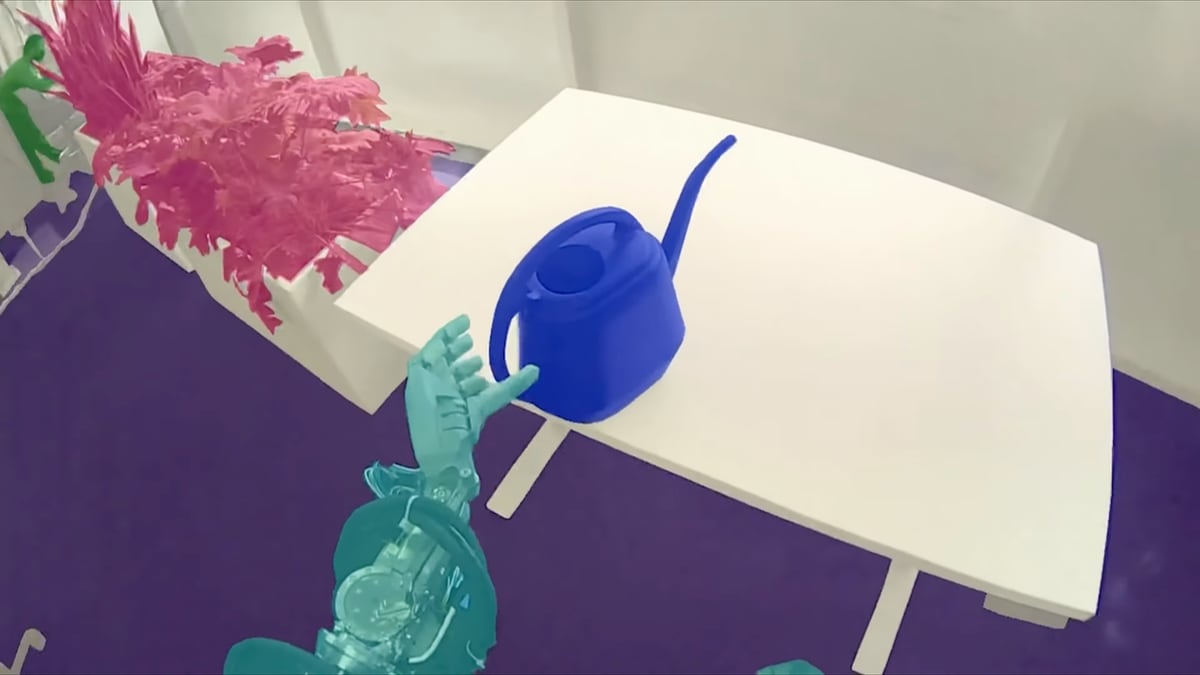
The torso also contains the centralized computer that Tesla says will do everything a human brain does, such as processing vision data, making split-second decisions based on multi-sensory inputs and supporting communications. In addition, the Robot is equipped with wireless connectivity and audio support. Yes, the Robot is going to have conversations, "we really want to have fun, be utilitarian and also be a friend and hang out with you," said Musk.
Motors Mimic Joints
The 28 actuators throughout the Robot's frame are placed where many joints are in the human body. Just one of those actuators was shown lifting a half-tonne nine-foot concert grand piano. There have been thousands of test models run to show how each motor works with the other and how to effectively operate the most relevant actuators for a task. Even the act of walking takes several calculations that the Robot must make in real-time, not only to perform but also appear natural. The robots will be programmed with a locomotion code; the desired path goes to the locomotion planner, which uses trajectories to state estimations, very similar to the human vestibular system.
Human hands can move 300 degrees per second and have tens of thousands of tactile sensors. Hands can manipulate anything in our daily lives, from bulky, heavy items to something delicate. Now Tesla is recreating that with Optimus. Six actuators and 11 degrees of freedom are incorporated into the robot hand. It has an in-hand controller that drives the fingers and receives sensory feedback. The fingers have metallic tendons to allow for flexibility and strength. The hands are being created to allow for a precision grip of small parts and tools.
Responsible Robot Safety
Musk wanted to start AI day with the epic opening scene from Terminator when a robot crushed a skull. He has heard the fears and people warning, "don't go down the terminator path," but the CEO said safety is a top priority. There are safeguards in place, including designs for a localized control ROM that would not be connected to the internet that can turn the Robot off. He sees this as a stop button or remote control.
Optimus Price
Musk said the development of Optimus may broaden Tesla's mission statement to include "making the future awesome." He believes the potential is not recognized by most, and it "really boggles the mind." Musk said, "this means a future of abundance. There is no poverty. You can have whatever you want in terms of products and services. It really is a fundamental transformation of civilization as we know it." All of this at a price predicted to be less than $20,000 USD.








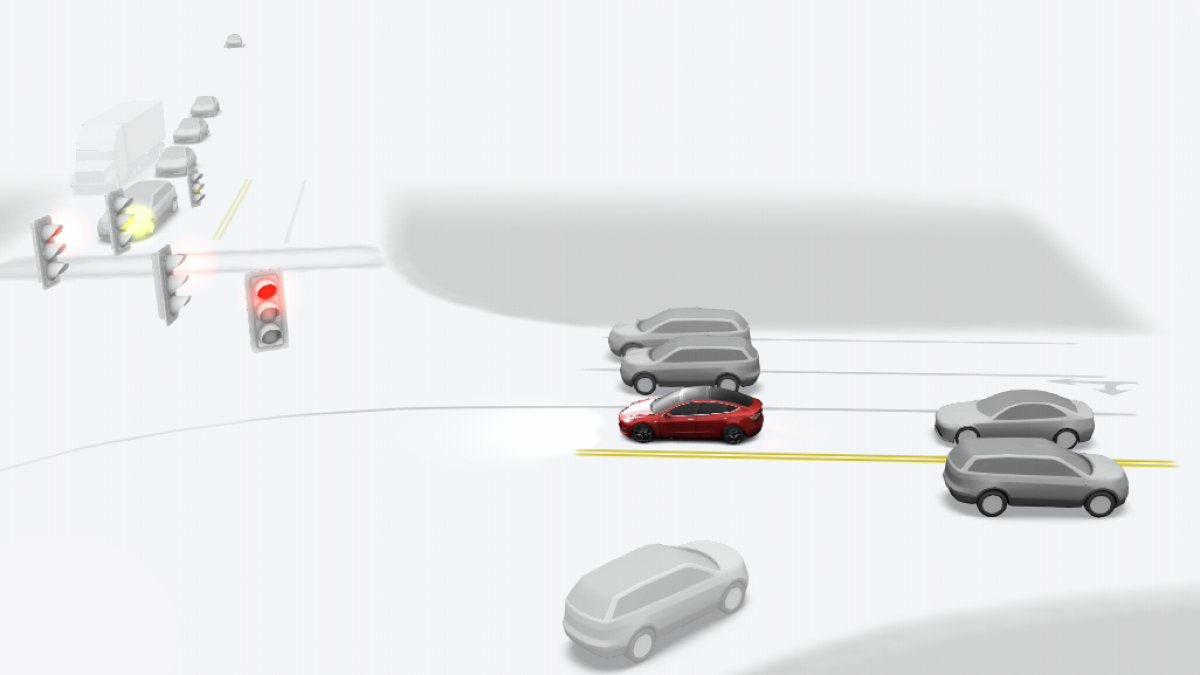



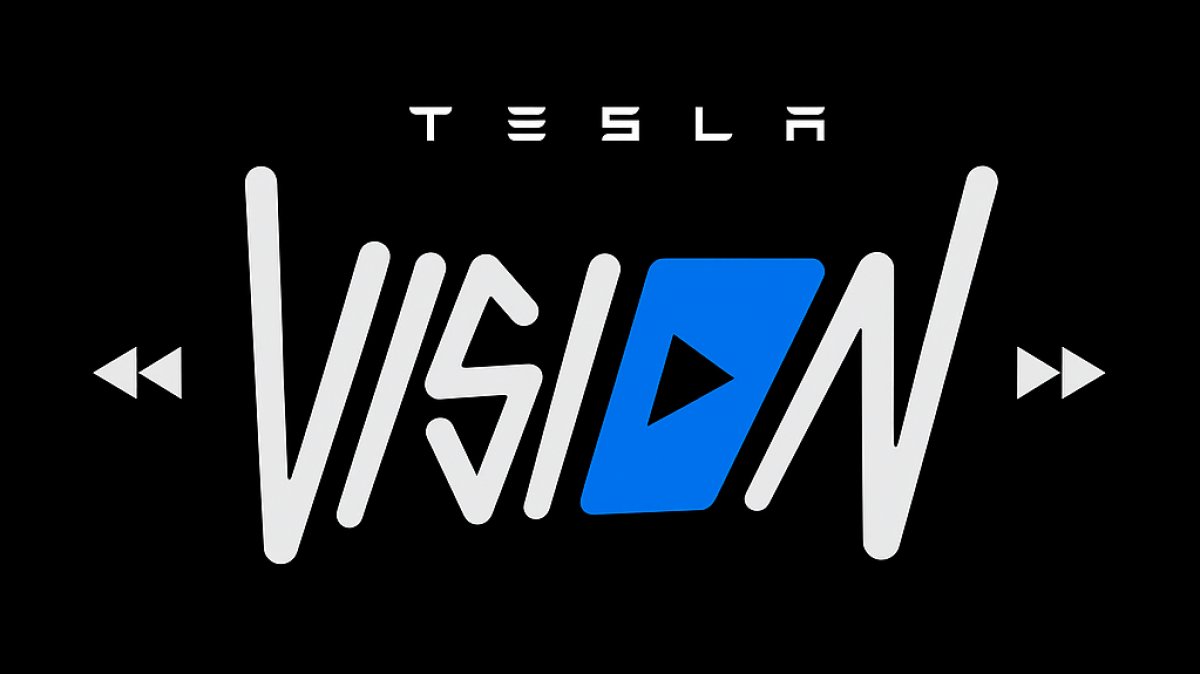

![Tesla Launches 'TeslaVision' Contest With Big Prizes — See Last Year’s Winner [VIDEO]](https://www.notateslaapp.com/img/containers/article_images/2025/tesla-vision.webp/0458df1c6ed085c427608f0cf762de64/tesla-vision.jpg)
![Tesla Officially Unveils New Model S and Model X: All the Changes [Photos]](https://www.notateslaapp.com/img/containers/article_images/2025/refresh_s_x_1.jpg/31a01e933ae496b97965b27db360f11b/refresh_s_x_1.jpg)

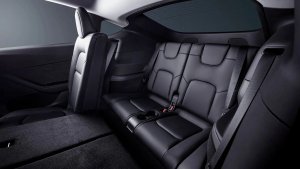
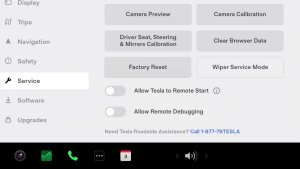
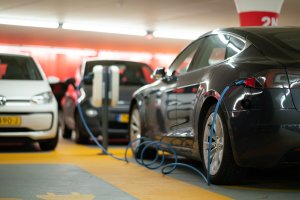
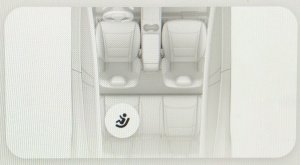
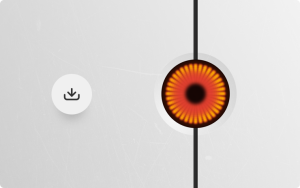
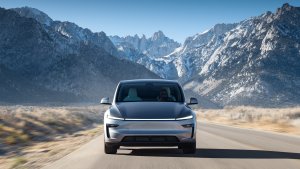
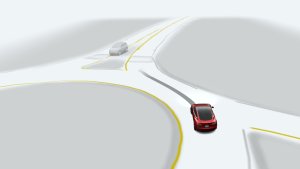
![Driverless Tesla Robotaxi Spotted on Camera in Austin [VIDEO]](https://www.notateslaapp.com/img/containers/article_images/robotaxi/robotaxi-public.webp/5ffd9ed0c2c7f9dbfee05decb1c19a2f/robotaxi-public.jpg)
![New Model Y Performance Hits Nürburgring -- Our Best Look yet at the Upcoming Performance Model [VIDEO]](https://www.notateslaapp.com/img/containers/article_images/model-y-2025/model_y_performance_front.webp/a1fc68836e87fa694d414637ec5278b5/model_y_performance_front.jpg)
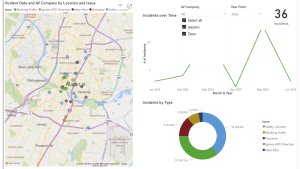
![Tesla Update 2025.20 Adds Multiple Camera Improvements [VIDEO]](https://www.notateslaapp.com/img/containers/article_images/tesla-screen/camera-toggle-wide.jpeg/cc9bd521da6a6d31af3812c1def70725/camera-toggle-wide.jpg)
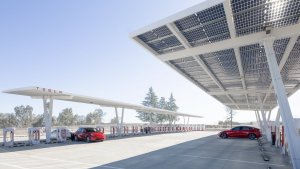
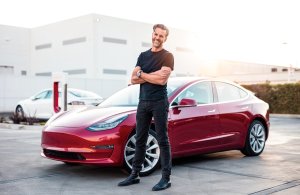
_300w.png)
